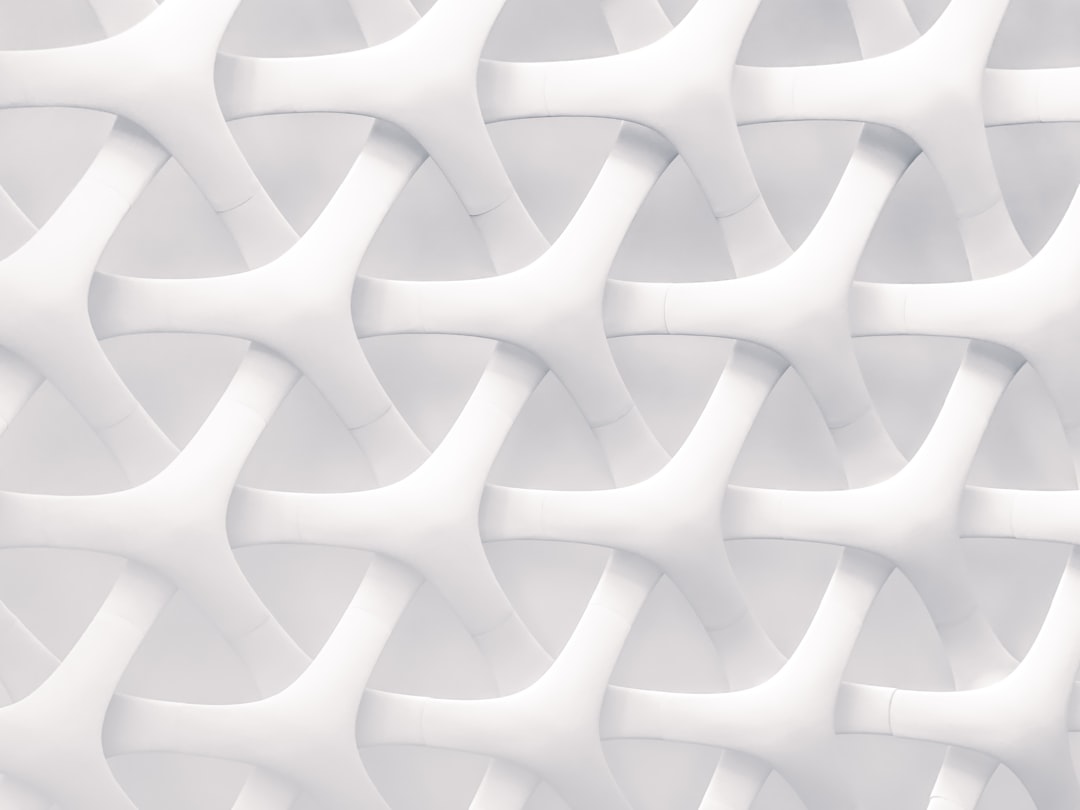What is it about?
A charge-density-wave (CDW) phase, present in some metals, is a macroscopic quantum state that consists of a periodic modulation of the electronic charge density accompanied by a periodic distortion of the atomic lattice. Several two-dimensional (2D) layered materials, including 1T-polytype Tantalum Disulfide, reveal CDW quantum condensate phases at room temperature. The CDWs can be set in motion by an electric field giving rise to unusual electrical properties of such materials. An electrical field of a certain strength is needed to set the CDW free from the defects that pin it in the material. This paper investigates the dependence of this critical electric field on the temperature and dimensions of the samples.
Featured Image

Photo by Conny Schneider on Unsplash
Why is it important?
Materials with CDW quantum phases that exist at room temperature may provide unique functionality for future electronics. Understanding the physics of CDWs in 2D-dimensional crystals is essential for technology development. The temperature and thickness dependence of the critical field for CDW depinning is needed for the theoretical description of such quantum materials.
Perspectives
This study describes the specifics of the charge-density-wave propagation in 2D quantum materials through the lens of current fluctuations. The understanding will inspire new theoretical models of CDWs in 2D materials and promote the use of quantum materials in nanoscale devices.
Jonas Brown
University of California Los Angeles
Read the Original
This page is a summary of: Current fluctuations and domain depinning in quasi-two-dimensional charge-density-wave 1T-TaS2 thin films, Applied Physics Reviews, October 2023, American Institute of Physics,
DOI: 10.1063/5.0165281.
You can read the full text:
Contributors
The following have contributed to this page










